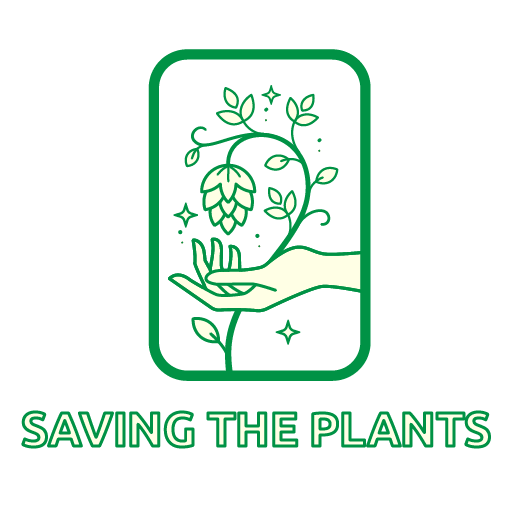Freshwater resources are critical to sustaining life on Earth. They’re vital for drinking, agriculture, industry, sanitation, and the ecosystem. However, with global population growth, urbanization, and climate change, freshwater resources are increasingly under threat. These resources are now in a precarious state, with growing concerns about their availability, quality, and long-term sustainability.
As pressures mount, addressing the threats to freshwater resources is an urgent matter requiring immediate attention and collaborative efforts on a global scale.
Pollution and Contamination: A Silent Threat
One of the most pressing threats to freshwater habitats is pollution. Industrial activities, agricultural runoff, and untreated sewage are major contributors to the contamination of rivers, lakes, and groundwater. Chemicals such as pesticides, heavy metals, and plastics make their way into freshwater systems, often with devastating effects on both human health and aquatic life.
 In addition to chemical pollution, the spread of harmful algal bloom has become a growing concern in many freshwater bodies around the world. This phenomenon occurs when nutrient pollution, particularly from nitrogen and phosphorus, creates an environment conducive to the rapid growth of algae. Harmful algal blooms can produce toxins that affect water quality and pose severe risks to human and animal health. These blooms are becoming more frequent as a result of agricultural runoff and warming temperatures, two factors that are expected to worsen with climate change.
In addition to chemical pollution, the spread of harmful algal bloom has become a growing concern in many freshwater bodies around the world. This phenomenon occurs when nutrient pollution, particularly from nitrogen and phosphorus, creates an environment conducive to the rapid growth of algae. Harmful algal blooms can produce toxins that affect water quality and pose severe risks to human and animal health. These blooms are becoming more frequent as a result of agricultural runoff and warming temperatures, two factors that are expected to worsen with climate change.
The Importance of Freshwater Resources
Freshwater makes up only about 2.5% of the Earth’s total water supply, and even less—around 1%—is readily accessible for human use. Most freshwater is locked away in glaciers, polar ice caps, or deep underground.
Despite being limited in supply, freshwater supports a myriad of critical functions. It is essential not just for human survival but also for the health of ecosystems that depend on rivers, lakes, and wetlands. Agriculture, which accounts for roughly 70% of global freshwater use, is highly dependent on it, as are countless industries and energy production systems.

The scarcity of freshwater is becoming an increasingly pressing issue. In some parts of the world, the competition for these limited resources has already led to conflict and unrest. Without swift and effective action, this issue is likely to worsen in the coming decades, affecting more people and leading to significant socio-economic consequences.
Climate Change: A Looming Crisis
Climate change is another significant factor exacerbating the threats to freshwater resources. Rising global temperatures are altering precipitation patterns, causing more intense droughts in some regions and increased flooding in others. These changes disrupt the availability of freshwater, making it harder for regions to maintain consistent water supplies.
In drought-prone areas, the decreasing availability of freshwater is leading to over-extraction from rivers, lakes, and aquifers. As these sources dry up, there are cascading effects on agriculture, local economies, and food security. In some regions, freshwater depletion has led to the sinking of land and the intrusion of saltwater into aquifers, further reducing the amount of usable freshwater.
Conversely, regions experiencing more intense rainfall and flooding also face risks. Floodwaters can overwhelm infrastructure, lead to the contamination of clean water sources, and increase the spread of waterborne diseases. Additionally, the melting of glaciers and ice sheets, accelerated by climate change, is reducing long-term water storage, especially in regions that depend on snowmelt for their freshwater supplies.
Overuse and Mismanagement of Water Resources
While pollution and climate change are significant threats, the overuse and mismanagement of water resources also play a critical role in the growing scarcity of freshwater. Many regions, particularly in arid and semi-arid climates, are withdrawing water faster than it can be replenished. This unsustainable use is depleting rivers, lakes, and underground aquifers at an alarming rate.

Agriculture is the largest consumer of freshwater resources, and inefficient irrigation practices exacerbate the problem. In many places, outdated or inefficient systems lead to the loss of vast quantities of water through evaporation and runoff. Industrial processes and energy production also consume large volumes of water, sometimes in areas already facing water stress.
Habitat Degradation and Biodiversity Loss
The overexploitation of freshwater resources has not only economic and social consequences but also significant environmental impacts. Wetlands, rivers, and lakes provide habitat for a wide range of species, many of which are highly sensitive to changes in water quality and availability. The degradation of freshwater ecosystems leads to a loss of biodiversity and can result in the collapse of these delicate ecosystems.
Overfishing, dam construction, and water diversions disrupt the natural flow of freshwater systems, further threatening the species that depend on these habitats. Many fish species, for example, rely on specific water flow patterns for spawning. When these flows are altered, it can lead to population declines, which in turn affects the entire food chain.


